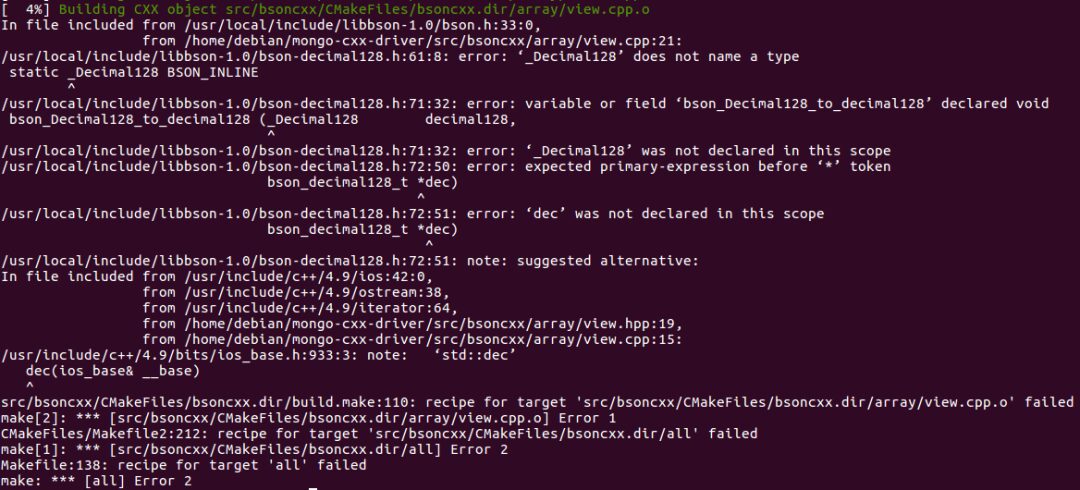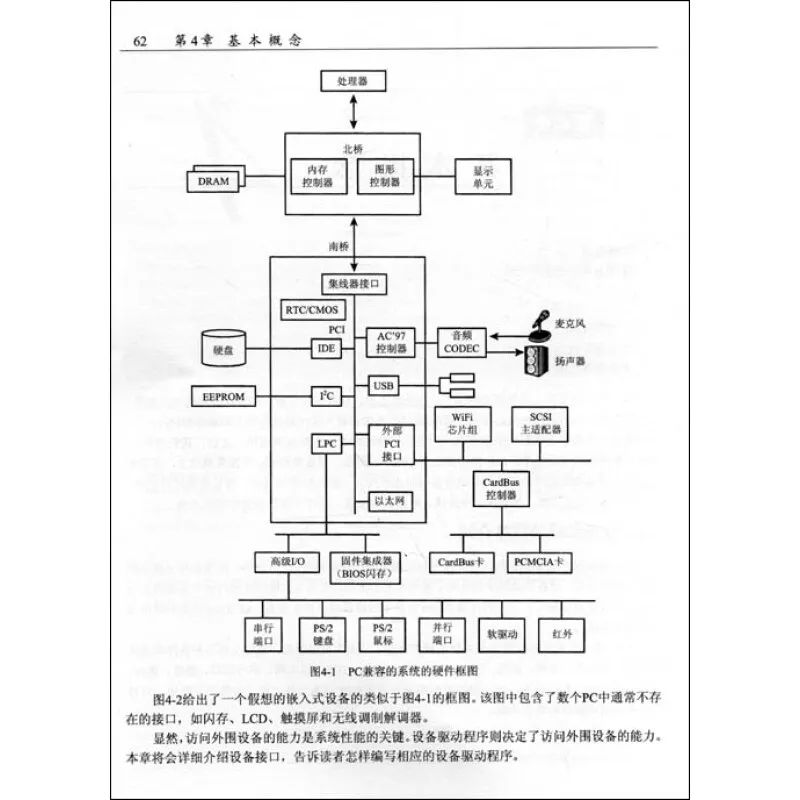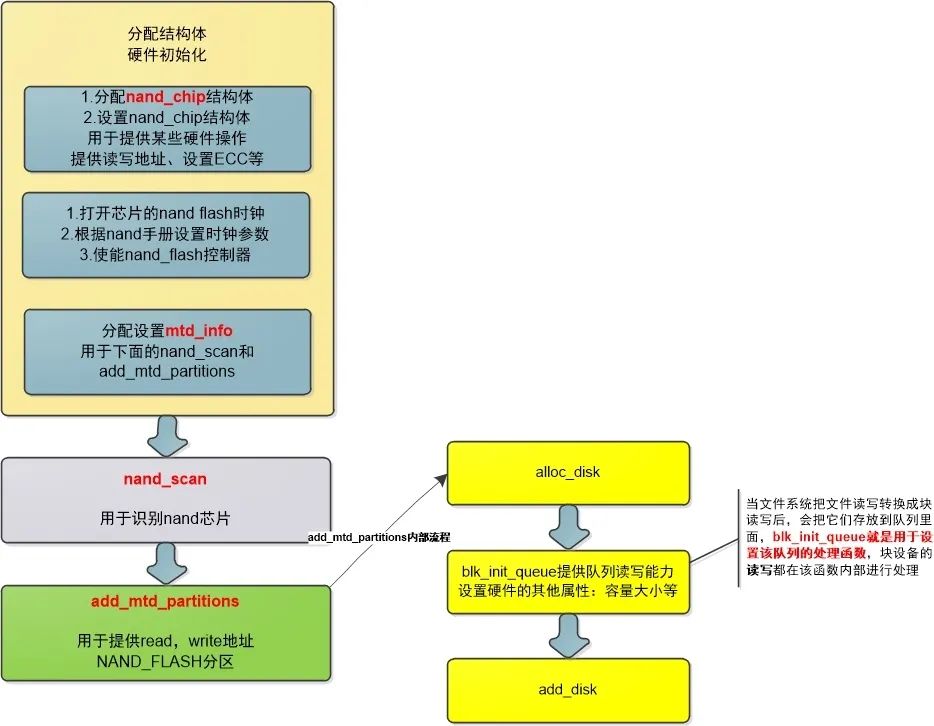C++ is the “hardcore” force in device driver development
1. C++ Enters Device Driver Development

In today’s digital wave, various electronic devices fill our lives, from smartphones and computers to cars and industrial robots, all relying on the silent support of device drivers. C++, as a powerful and widely used programming language, plays a crucial role in the field of device driver development.
C++ integrates multiple paradigms such as object-oriented and generic programming, combining efficiency and flexibility. It can delve deep into the underlying hardware, precisely controlling resources while building a solid architecture for complex driver systems with its rich libraries and abstraction mechanisms. Whether it is the pursuit of extreme performance in gaming graphics card drivers, ensuring stable communication in network card drivers, or in critical fields such as medical devices and aerospace, C++ demonstrates exceptional adaptability, injecting strong power into the seamless connection between devices and systems, and embarking on an exciting journey to explore the secrets of driver development.
2. Why C++ Becomes the “Weapon” for Driver Development

(1) Outstanding Performance
The characteristics of C++ being close to the hardware layer give it a unique advantage in device driver development. It can directly interact with hardware, precisely controlling hardware resources, like a skilled conductor orchestrating every note in an orderly manner. For instance, in memory management, C++ allows developers to manually allocate and free memory, which is crucial in driver development where resource control is of utmost importance. In scenarios with stringent real-time requirements, such as sensor drivers in industrial automation control, C++ code can quickly respond to changes in hardware status, timely collecting data and feeding it back to the system, ensuring the efficient operation of the entire production process.
Below is a simple C++ code example for controlling the read and write operations of a virtual device’s register:
#include
class DeviceDriver {
private:
// Assume this is the address of the device register
volatile unsigned int* registerAddr;
public:
DeviceDriver() {
// Initialize register address, this is just an example, actual may be obtained through specific mapping
registerAddr = reinterpret_cast<volatile int*="" unsigned="">(0xFFFF0000);
}
// Write data to the register
void writeRegister(unsigned int value) {
*registerAddr = value;
}
// Read data from the register
unsigned int readRegister() {
return *registerAddr;
}
};
int main() {
DeviceDriver driver;
// Write a sample value
driver.writeRegister(0x12345678);
// Read and output register value
std::cout << "Register value: " << std::hex << driver.readRegister() << std::endl;
return 0;
}</volatile>In this code, the DeviceDriver class encapsulates basic operations on the device register, achieving direct control over the underlying hardware through precise memory address mapping and read/write operations, demonstrating C++’s ability to efficiently execute complex tasks in driver development.
(2) Powerful Object-Oriented Features
Object-oriented programming is like building blocks in device driver development, providing a clear organizational structure for complex systems. C++ classes and objects tightly couple data with operations, encapsulating the properties of hardware devices and related operations within an independent unit, exposing only the necessary interfaces, akin to putting a protective cover over precision instruments, ensuring stable internal operation while making external calls simple and clear.
The inheritance feature allows developers to create a class hierarchy with relationships, where subclasses can reuse the code of parent classes while customizing extensions based on their needs. When developing drivers for a series of similar hardware, such as printers of different models but the same series, one can inherit from a common base printer class, reducing code duplication and improving development efficiency.
Polymorphism injects dynamic vitality into driver development, allowing different objects to present varied behaviors for the same operation. For example, in graphics processing drivers, different graphic drawing commands (like drawing lines, circles, filling, etc.) execute differently on various hardware (like CPU rendering, GPU acceleration). Through polymorphism, a unified function call interface can adapt various hardware implementations, making the driver program highly adaptable and extensible, easily handling diverse hardware environments.
3. Practical: Breakdown of C++ Driver Development Process

(1) Deep Understanding of Hardware
Before embarking on the C++ device driver development journey, a deep understanding of the hardware is an essential key step; it is like solidifying the foundation for a skyscraper. The hardware manual is our primary guide for exploration, from pin definitions, electrical characteristics of the chip, to detailed descriptions of functional modules, all of which are invaluable information treasures. For instance, in a common ARM microcontroller, the manual precisely defines whether each pin is used for general-purpose input/output (GPIO) or is specific to certain peripherals, such as SPI, I2C interfaces, and the voltage range and current driving capability they can carry. These details directly determine the subsequent operations of reading and writing hardware registers in C++ code.
The schematic diagram is like a precise map, clearly outlining the connection paths between various hardware components. Through it, we can gain insights into the data flow between different chips and modules, tracing how signals travel from sensors to microcontrollers and how they are processed before being sent to external storage or communication modules, thus clarifying the interaction nodes that the driver program needs to focus on. Mastery of interface specifications is equally crucial; whether following industry-standard USB or Ethernet interfaces or specific device-customized serial protocols, familiarity with their communication timing and command formats ensures that the C++ driver works seamlessly with the hardware, enabling smooth data interaction and laying a solid foundation for every subsequent development step.